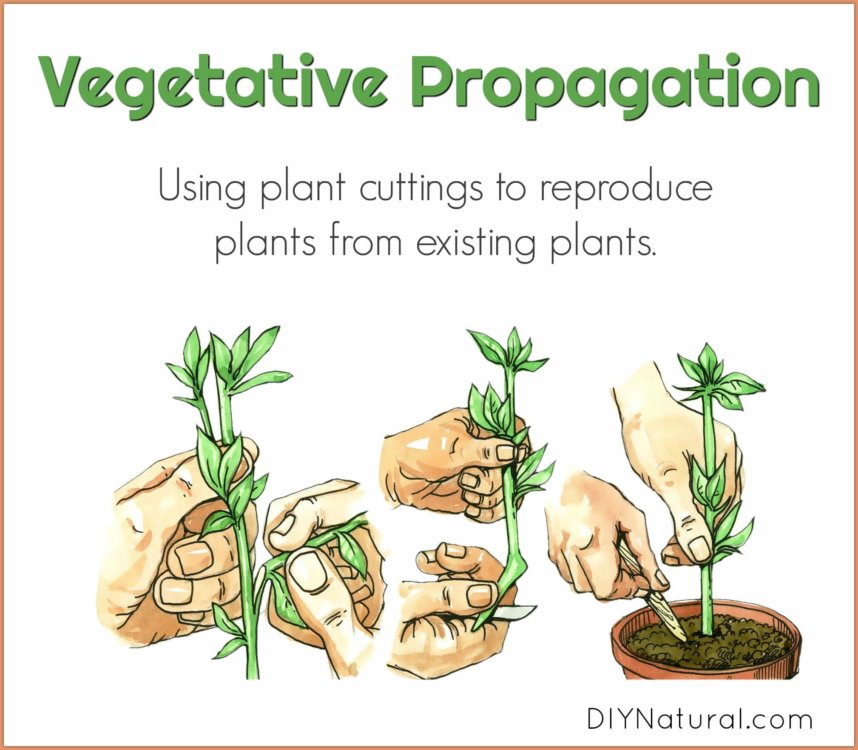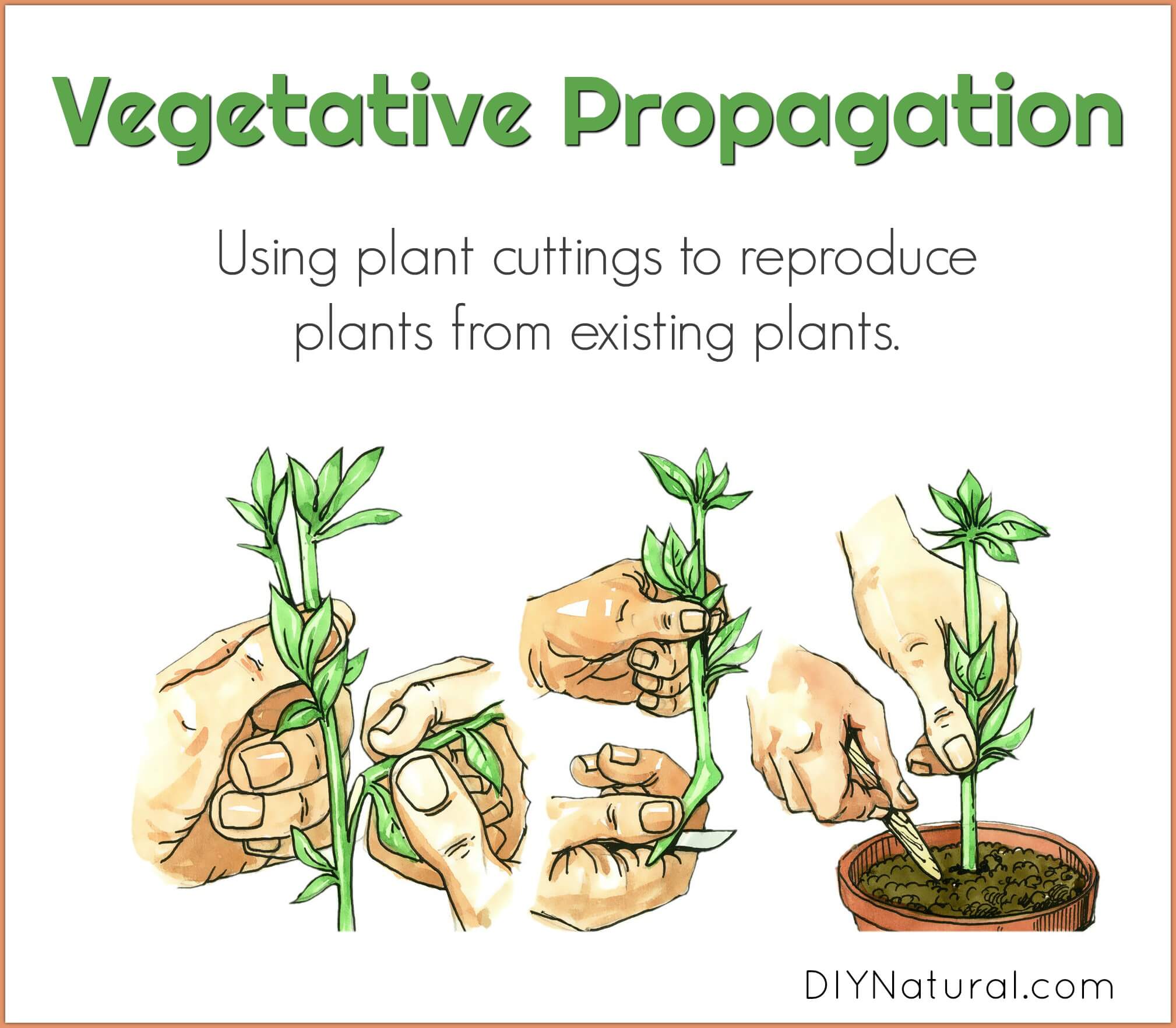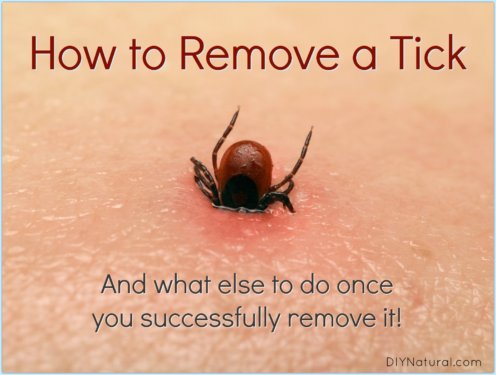
Today we’ll discover vegetative propagation (plant cuttings) that allow us to produce more plants from existing plants, rather than having to buy more plants from the garden center.
I have a confession to make: I have a plant problem.
I can’t be trusted to take a wallet into the garden center of any store. My husband tries to keep me away from the local plant nurseries, but we have friends who own the best one in Ohio and I like to visit them. When I go, I try to leave my credit cards at home, but I have been known to tear the car apart for loose change in the seats as a result.
Do you have a plant problem too?
Well, there is help for us! This year, we’ve been trying to practice vegetative propagation, a.k.a. make more plants from the plants we have.
Vegetative Propagation (Plant Cuttings)
AKA How to Make More Plants For Free
If you have been buying perennial plants (those that return year after year), you have all you need to feed your desire to start more flower beds. Most of our green friends have a way to make more of them without planting seeds.
Seed saving is great, and definitely one of our focuses on the farm, but it can take a long time. If you plant lavender seed this year, you will have recognizable plants by next year in the spring. In contrast, if you take cuttings you can have plants in 4-6 weeks.
I’m talking about vegetative propagation techniques (plant cuttings) and here are some of the most common ways to do it:
Layering
There are many ways to layer in order to get new plants, so you need to look up which one is right for your particular plant.
This technique is really about encouraging stems from a mother plant to take root. Eventually, these new rooted stems can be severed and you have a baby plant that is a duplicate of the original. This method is often used with grapevines. You can layer right into the ground to keep extending a row of plants, or your can layer into a pot so that your new plant is ready to take somewhere else.
To layer, bend a growing cane (or stem in a shrub that you are layering) down to your pot or the ground. Bury a length of it a couple inches back from the growing tip. The growing tip will become your new plant and the buried portion will root. When the new plant takes hold (this can take 1-2 years) you simply sever it from the old plant.
Common Plants that can be layered:
- Hazelnuts
- Apple
- Blueberry
- Sage
- Lavender
Division
Division is actually necessary to keep plants healthy. If you have tulips or daffodils, you may have noticed that they tend to multiply every year. Eventually, they will crowd themselves out and stop blooming. They need us to dig them every few years, break up the clump into smaller pieces and transport them around our property or give them to friends. This is best done in the spring or fall. Read more about The Proper Way to Divide Hostas & Other Perennials.
Common Plants that need divided:
- Peonies
- Hostas
- Lilies
- Iris
- Black-eyed Susan
- Bee Balm
- Echinacea
Plant Cuttings
Most plants can benefit from an occasional trim. If you are interested in making more plants, trimming can be beneficial to both the plant and owner.
A cutting that is soaked in a rooting compound can be placed into a light soil or sand mixture, and with care, will take root within a matter of weeks.
These cuttings need to be short. You must remove most of the leaves so that the plant can focus on making roots, and you need to be aware of the “nodes” to have success. The growth nodes are simply where leaves arise. If you put 1-2 of these nodes below the soil level, they are able to sprout roots instead of leaves.
Every plant has a different time of year that is best to take cuttings and they differ on whether you should cut hard wood or green wood, so know the needs of your particular plant for best results.
Common Plants for Plant Cuttings:
- Lavender
- Rose
- Azalea
- Dogwood
- Hydrangea
- Rosemary
Give it a try this spring! Most plants will benefit from your efforts to extend your gardens for free, and it will keep your partner from wincing every time you look wistfully at the garden center doors in the hardware store.
Do you practice vegetative propagation (plant cuttings) to reproduce plants? Tell us about it.
*******



